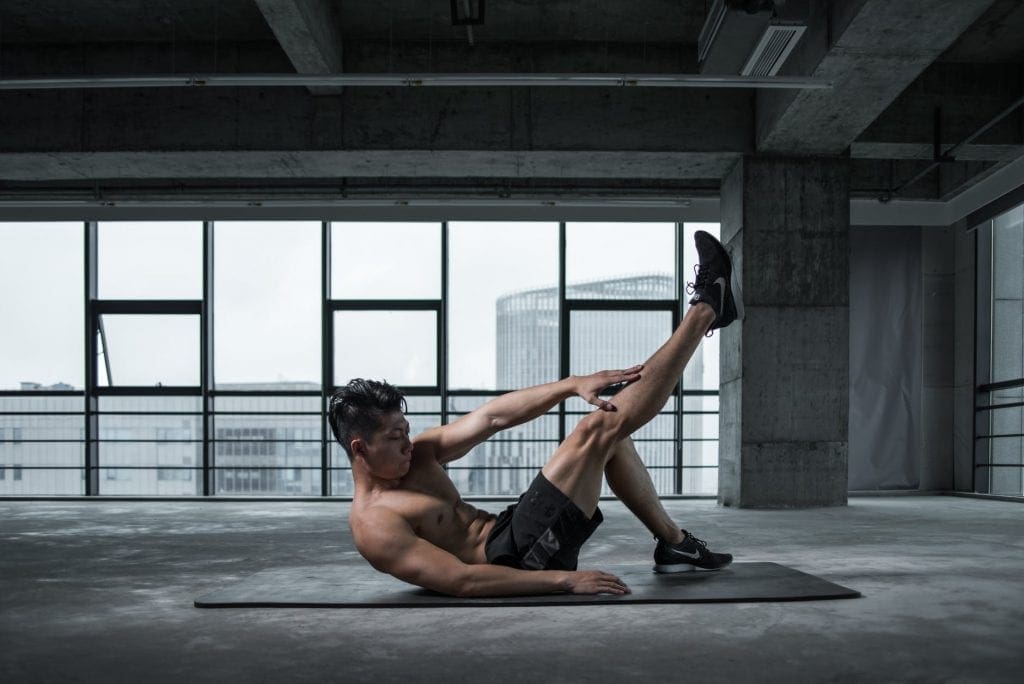People recovering from knee or ankle injuries, back issues, or other issues that negatively affect the ability to freely move your body are often called physically impaired. Impairment usually affects the relationship these people have with exercise. However, there are some amazing exercises that a person with physical mobility impairment can do.
EXERCISES FOR PERSONS WITH IMPAIRED PHYSICAL MOBILITY

The exercises that people with impaired physical mobility can do vary, as they depend on the mobility challenges that the people in question are experiencing. However, something that they have in common is trying to do something daily that improves their wellbeing. You do not have to eliminate fitness from your weekly routine.
Adjusting your expectations on what your body can do or your fitness goals are necessary if your mobility is physically impaired. It is important that you pay attention to your body and treat it with love and respect. The main objective is setting achievable goals for yourself instead of extreme unrealistic goals that may cause your body more harm.
Before you include mobility exercises and exercise adaptations in your weekly routine, there are a few factors that you should bear in mind. You can check the online steroids shop to help your adaptation process.
PRIOR, DURING, AND AFTER MOBILITY EXERCISES
PRIOR:
o It is important that you have a chat about your mobility goals with your doctor. This will arm you with vital information that is necessary for your safety.
o Warming up is an important part of any exercise. This is extremely important if you do not have the luxury of exercising as often as you should. A study advises that dynamic stretching should be done.
o It is important that you adjust your mentality and arm yourself with a positive but realistic one. Never forget to take things slowly. Start with very easy exercises. You do not have to hit all your targets immediately.
WHILE EXERCISING:
o It is extremely crucial to pay attention to your body. Put an end to any exercise that is causing a negative effect on or pain in your body.
o Be very careful. Do not overdrive your body or push it beyond its capabilities. The aim is to get better, not to make things worse. Additionally, avoid comparing yourself with other people. Do not let fear stop you from exercising. However, do not let overconfidence harm you, either.
o Focus on the little exercises that have a great effect on your body in the long run. A study showed that you will experience an improvement in your mobility after eight weeks of easy and short training.
AFTER EXERCISING:
o It is important that you stretch your body to cool it down.
o Study yourself and identify the physical and mental effects that you got from the exercise.
o It is crucial to consult an expert if you are doing High-Intensity Interval Training or resistance at home.
It is vital to always be in touch with your doctor before and after exercises. Integrating these adaptations to your weekly routine will prove to you that proper motivation will allow your abilities to flourish.
Cover Image credits: Photo by rawpixel.com from Pexels




